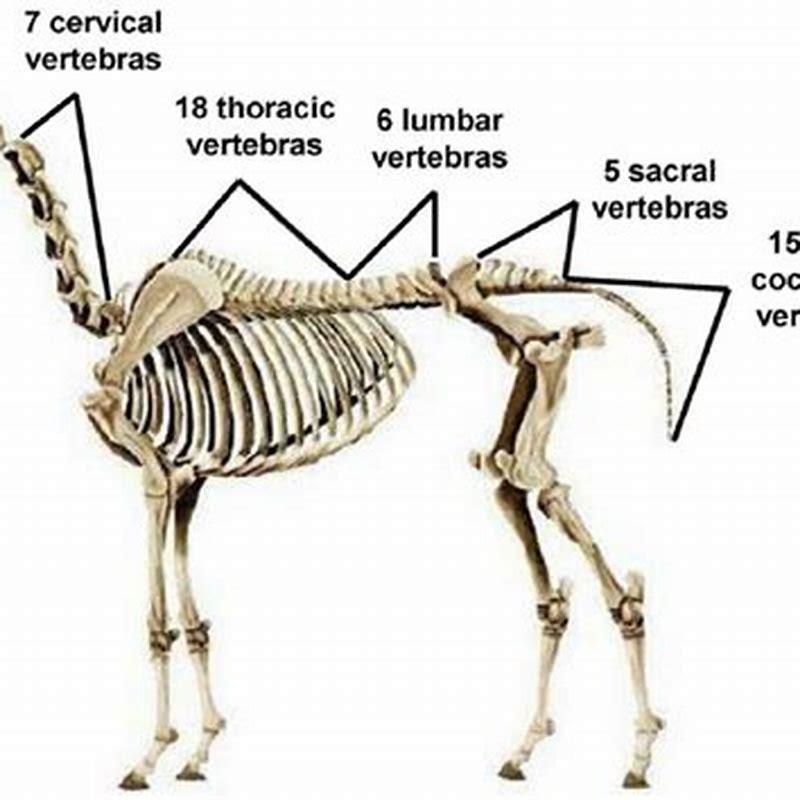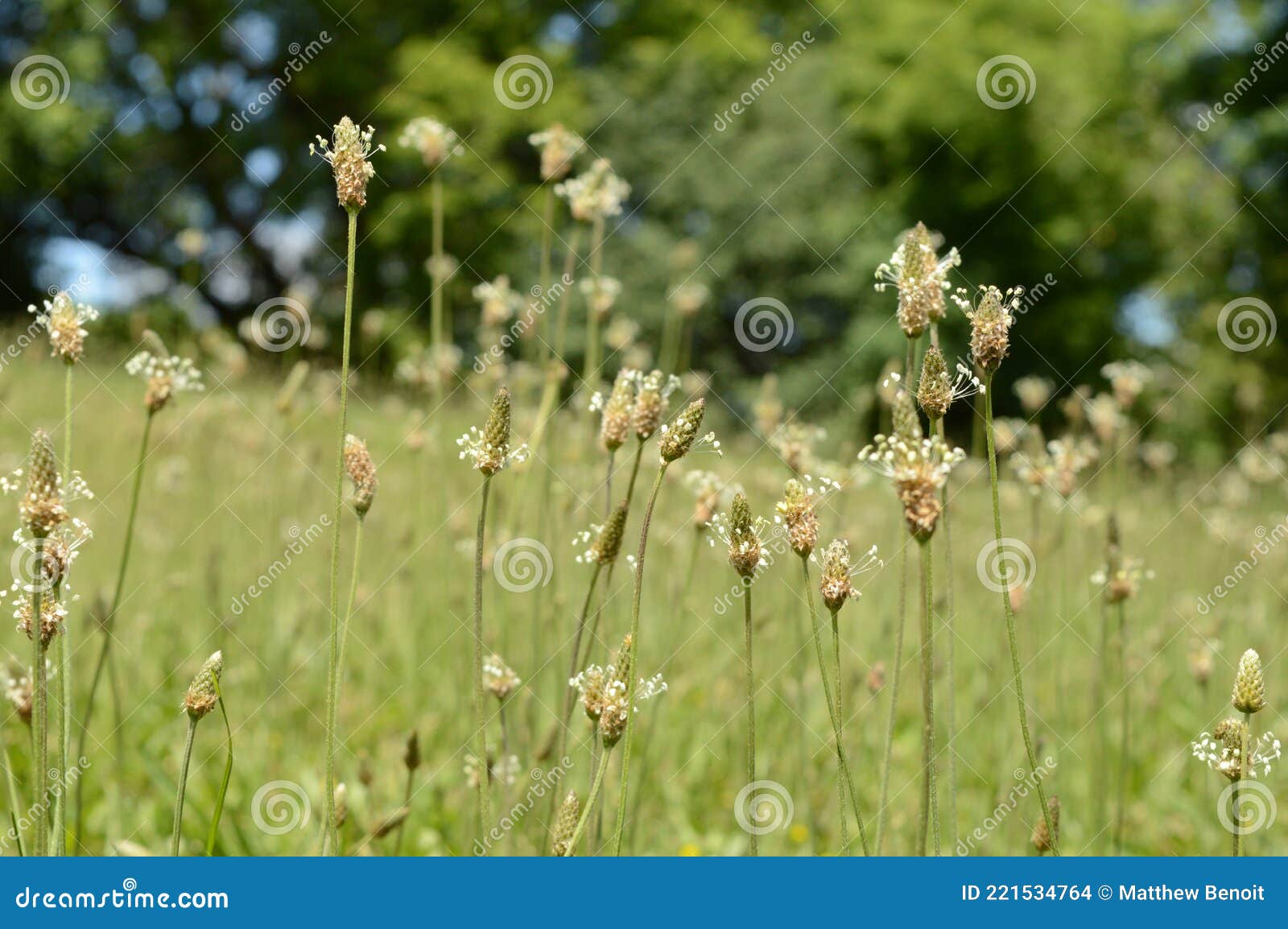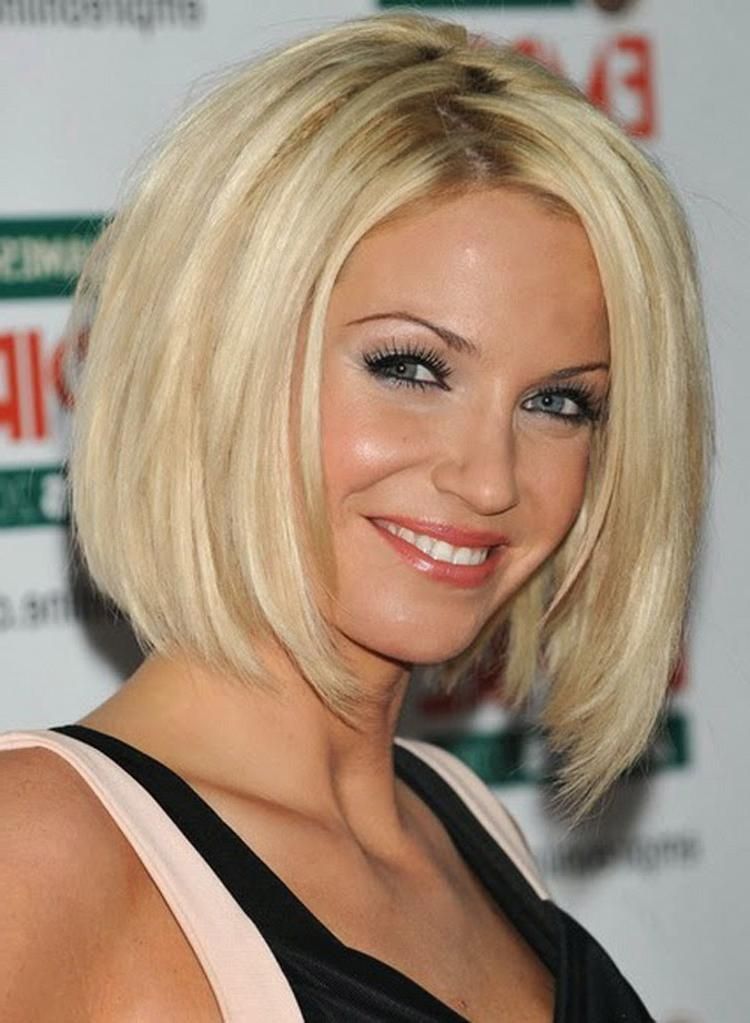Table Of Content

A horse’s tail and tail hairs are important parts, both functionally and aesthetically. Most times, a horse has long, thick tail hairs, which add to the overall magnificence of the horse’s tail. Whether dealing with hair loss, nurturing regrowth, or simply admiring its beauty, our bond with our equine companions runs deep. So let’s keep brushing, feeding, and loving our horses, tails and all, because, in the end, these little moments of care make the biggest difference in their lives. Brush your horse’s tail gently and regularly to stimulate the hair follicles and improve circulation to the area.
What could be causing your horse’s mane to fall out?
To reduce stress on tail hair and skin, provide shelter and protection from harsh weather conditions, such as sunlight, rain, wind, and cold. Some skin infections can affect your horse’s hair and lead to patchy baldness. A horse’s tail without hair reveals pink skin covering an intricate web of blood vessels and muscles that control tail movement. Though functioning, the exposed area risks sunburn, trauma, and infection.
Insect Control Strategies for Horse Owners

The natural horse tail length without hair plays a crucial role in protecting the horse from insects and harsh weather conditions. Its length and flexibility allow it to swat away flies and other bothersome insects, acting as a natural fly swatter. The tail’s hairless length aids in communication, as horses use it to express their emotions and intentions through subtle movements.
Hot Weather
Horses' tails sliced off in disturbing Pouch Cove crime - CBC.ca
Horses' tails sliced off in disturbing Pouch Cove crime.
Posted: Tue, 15 Sep 2015 07:00:00 GMT [source]
Itchy skin at the tailbone can lead to rubbing, the bane of a beautiful tail. In the warmer weather, I like to wash the tail, including the tailbone, once a week. Sometimes just the bottom of the tail needs a little love in between, especially in the mud season. Remember, understanding the of horse tail hair loss is the first step towards effective and management. Regular moisturizing and conditioning treatments can also be beneficial for horses with hairless tails.
The Best Horses in Heaven, They Have No Tail (or are missing some)

While a bald tail may appear unusual, with proper protection and treatment, equines can continue to live comfortably without their beautiful locks. In addition to conditioners and supplements, topical treatments can also be beneficial in promoting hair growth in horse tails. Look for products containing ingredients like castor oil, known for its moisturizing and hair-strengthening properties. These treatments can be applied directly to the tail to nourish the hair follicles and promote growth. When a horse has a healthy natural tail length, it enables them to effectively use it for natural grooming practices such as swatting away insects and keeping themselves clean.
Certain horse breeds, such as Arabians and Thoroughbreds, are more prone to hair loss. This can be due to genetics or breed-specific grooming practices. Understanding breed-specific hair loss tendencies can help prevent further hair loss. As a horse owner, seeing your horse with a patchy, thinning mane can be concerning. Hair loss can occur due to various reasons, and figuring out the underlying cause can be challenging.
A proper tail length assists in regulating body temperature and providing balance, which are essential aspects of a horse’s well-being. With reduced interference in the tail through management practices, the horse can maintain its own tail health more effectively, resulting in a healthier and happier equine companion. Alternative grooming techniques for horses with hairless tails involve the use of tail wraps, moisturizing treatments, a balanced diet, and regular grooming sessions. By implementing these practices, you can help maintain a healthy and attractive tail for your beloved equine companion. In addition to keeping the tail clean, moisturizing the skin is also crucial for maintaining a healthy horse tail. Using a quality equine skin moisturizer or coconut oil can help hydrate the skin and prevent dryness, which can contribute to hair loss.
Horse Without Tail Hair
Thorough grooming promotes good health and a shiny coat by removing dirt and dander that can cause dry, itchy skin. If you take the time to groom your horse thoroughly every day, you will notice any small cuts, abrasions or irregularities that you otherwise might not find. A grooming session is also a good time to teach a young horse good ground manners, such as standing quietly and picking up his feet when asked. Tail braiding for show or other competition is often a task for professional grooms.
Groom your horse’s tail.
Just like humans, horses require a balanced and nutritious diet to maintain healthy hair growth. In cases where trauma or injury is the cause of horse tail hair loss, proper wound care is crucial to facilitate healing and promote hair regrowth. Wounds on the tail should be promptly cleaned and treated to prevent infection and encourage the growth of healthy tissue. Depending on the severity of the wound, treatment options may include cleaning the wound with a mild antiseptic solution, applying a wound dressing, or using specialized wound care products. Regular use of these products, combined with proper grooming and care, can help restore hair growth in a tail without hair, leading to a healthy and beautiful tail for your horse.
Horse Set On Fire Has Tail Amputated - WRAL News
Horse Set On Fire Has Tail Amputated.
Posted: Fri, 02 Sep 2005 07:00:00 GMT [source]
For instance, American Paint Horses are known for their long, flowing tails, often reaching down to the ground, while Arabian horses typically have shorter, finer tails. Factors such as genetics, diet, and exercise also play a role in tail length, but grooming and management are significant contributors. Measuring a horse’s tail length without hair requires careful grooming and handling techniques to obtain accurate and reliable measurements for various purposes. A longer natural tail allows a horse to better maintain its center of gravity, enhancing its stability during movements.
They may also result from a heavy tick infestation or a serious fungal infection. Another cause of horses losing hair in an asymmetrical or patchy pattern is another horse chewing on his tail. This is especially when there are also “mouthy” youngsters in the field. These infections are usually caused by lack of tail grooming and will clear easily if the skin is not extensively damaged. Again, the EQyss Micro-Tek shampoo and spray combo would be our choice.
At the end of winter, horses will shed their fluffy coats for a much thinner summer coat. The molting process is also known for leaving some horses hairless in places. However, this state is only temporary and the hair will eventually grow back. In the study, the researchers performed genome sequencing of the two affected foals, as well as of two carriers and 75 control horses. The team is hoping their findings will help the development of a genetic test to prevent the unintentional breeding of more hairless foals.
If you’ve never pulled a mane before, find someone with a lot of experience and good technique who can show you how to do it well and humanely. Almost everyone knows a horse who reacts very negatively to mane pulling, but when done properly, it doesn’t hurt. Prevention You can take preventive measures with your horse’s mane and tail before you ever encounter those first tangles. Maintaining the right grooming approach for your horse will result in a healthier mane and tail that are less susceptible to tangles in the future. Although it looks nice when it is brushed out, if you brush it every day, it will gradually get thinner and thinner. It takes years to re-grow each long strand of hair that is pulled out.
While being hairless is bad news to most horses, there is always one exception. According to a 2010 article, Harry is a hairless Percheron horse who lived well into adulthood without major health problems. All hairless horses described in scientific literature died between a few weeks to three years of age. After this occasion, many more hairless horses were discovered throughout the world.
Some breeds, such as the Friesian or Gypsy Vanner, are renowned for their lush, luxurious tail feathers, which are achieved through meticulous grooming and specific management techniques. Conversely, certain riding disciplines may dictate tail trimming for safety and practicality, impacting the overall length of the tail. If you suspect that your horse has an allergy, it’s important to work with a veterinarian to identify the specific allergen. This may involve allergy testing or an elimination diet to determine the trigger.












